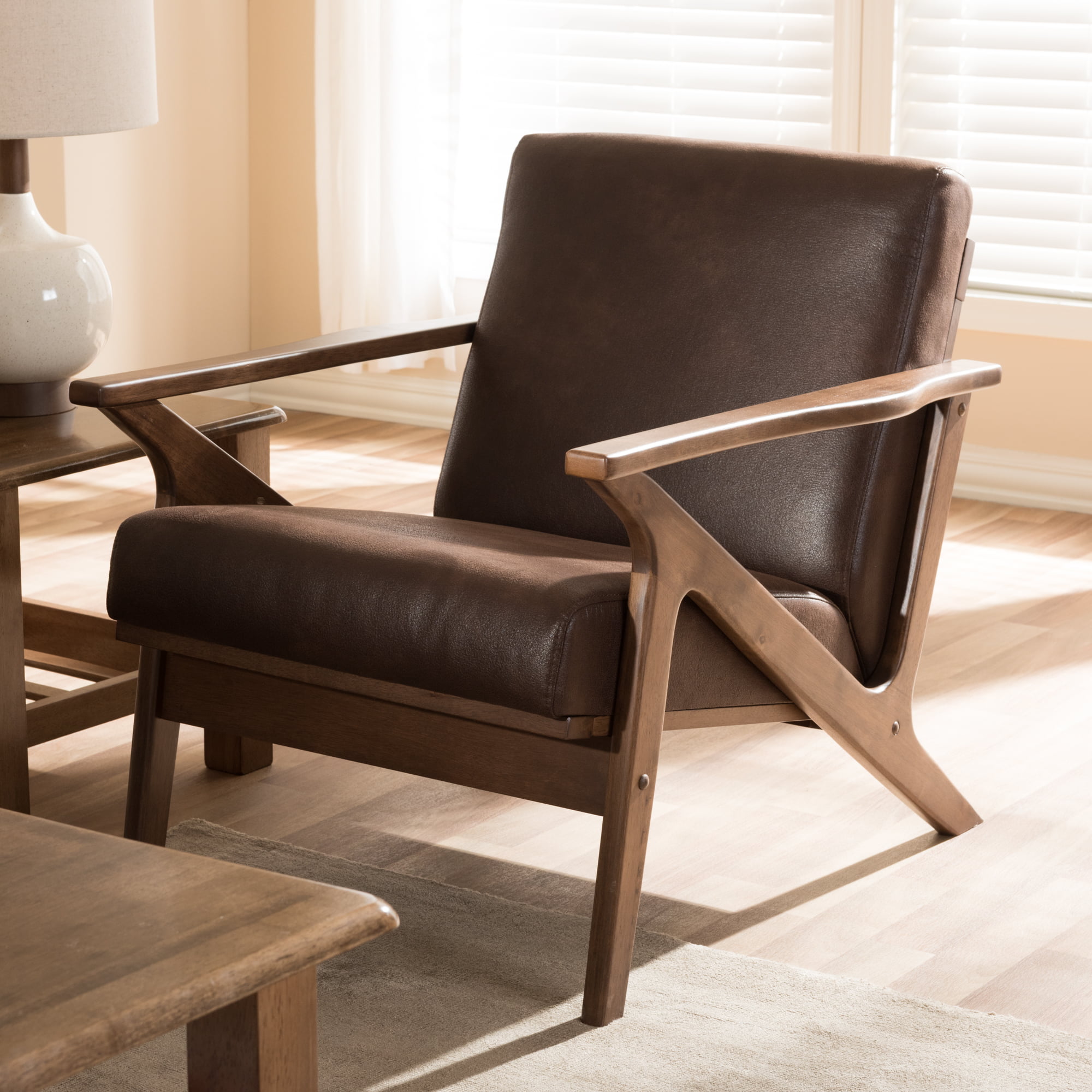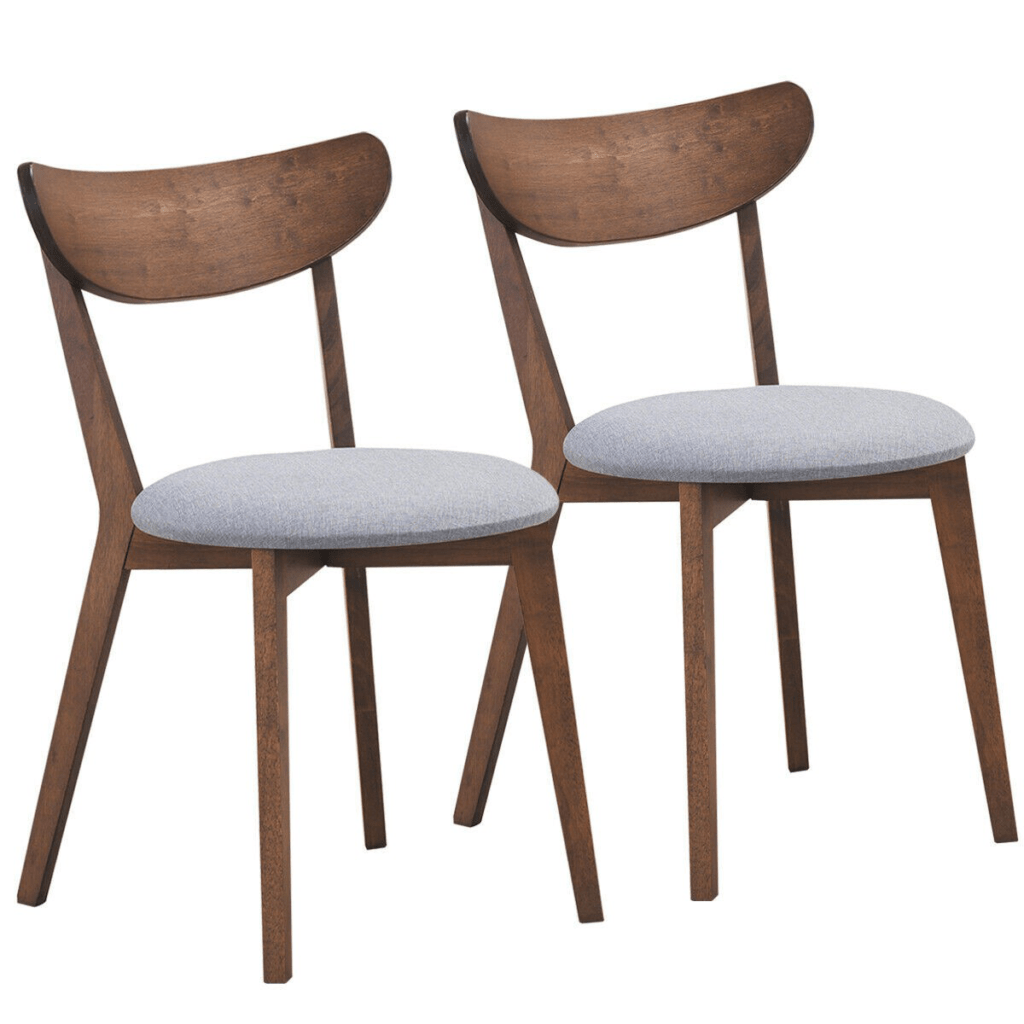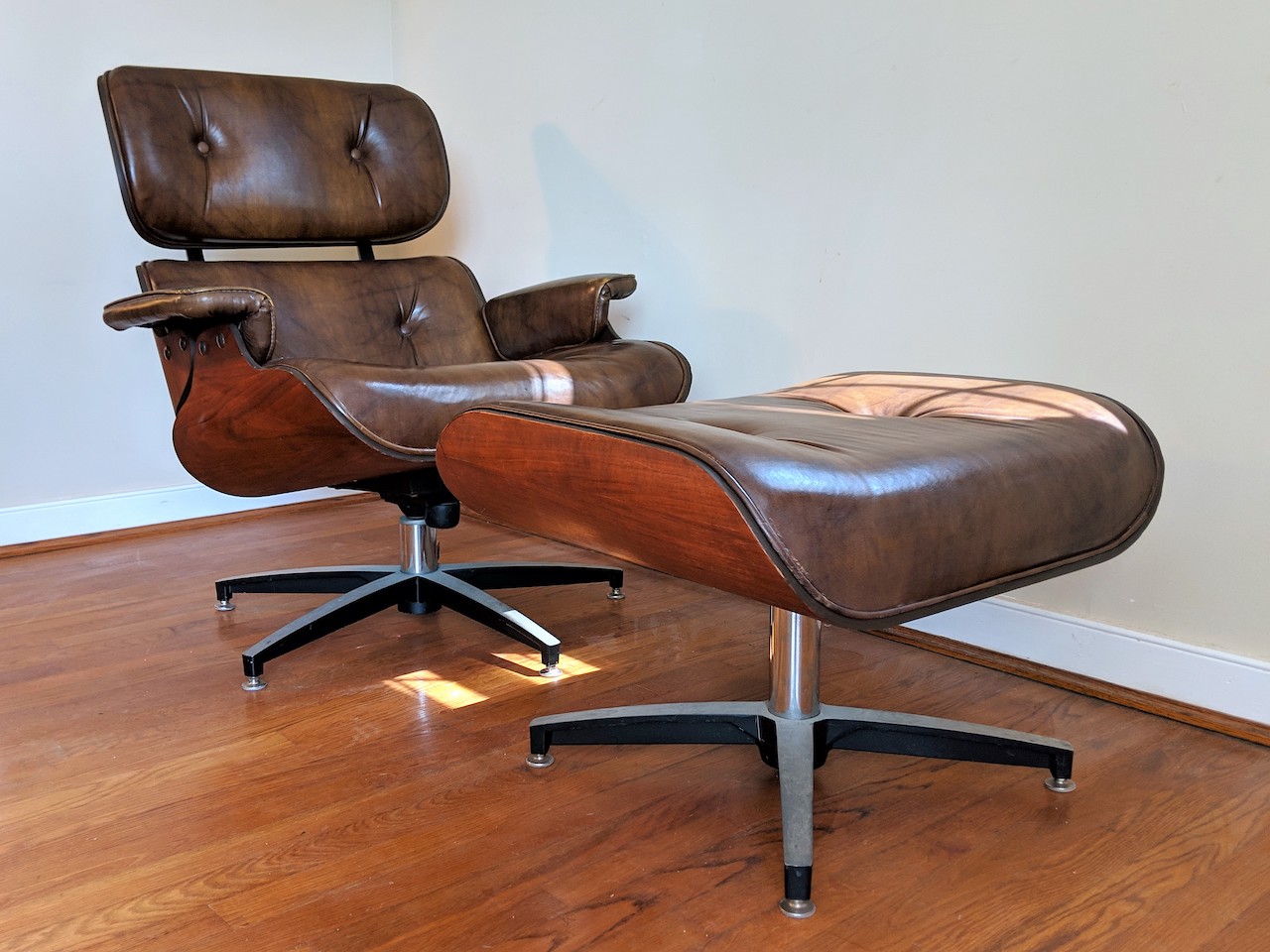History and Design Evolution of Mid-Century Show Wood Chairs

Mid-century modern furniture design, characterized by its clean lines, functionality, and use of natural materials, left an indelible mark on the world of interior design. Show wood chairs, with their emphasis on showcasing the beauty of wood grain, played a pivotal role in this movement. This era witnessed a confluence of design principles, cultural influences, and innovative techniques that shaped the aesthetic and functionality of these chairs.
Key Design Principles and Influences
The mid-century modern aesthetic was a reaction against the ornate and often impractical designs of the Victorian era. It embraced a new philosophy of design that emphasized simplicity, functionality, and harmony with nature. This was reflected in the use of natural materials, such as wood, leather, and textiles, and the emphasis on clean lines, geometric shapes, and organic forms. Key design principles included:
- Functionality: Mid-century modern chairs were designed for comfort and ease of use, with a focus on practical applications.
- Simplicity: Clean lines, uncluttered forms, and minimal ornamentation were hallmarks of this style.
- Natural Materials: Wood, especially in its natural state, was a primary material, highlighting the beauty of the grain and texture.
- Organic Forms: Inspired by nature, many chairs featured flowing curves and rounded edges.
Historical Context and Cultural Movements
The rise of mid-century modern furniture design was deeply intertwined with the social and cultural changes of the post-World War II era. The economic boom, technological advancements, and a growing interest in new ideas and styles all contributed to the popularity of this design movement.
- Post-War Optimism: The end of World War II ushered in a period of optimism and a desire for a new way of life. Mid-century modern design, with its clean lines and functional simplicity, reflected this optimism.
- Rise of the Middle Class: The growing middle class had disposable income and sought to furnish their homes with modern and stylish furniture.
- Influence of Scandinavian Design: Scandinavian design, with its emphasis on functionality and natural materials, heavily influenced mid-century modern furniture design.
- Bauhaus and Modernism: The Bauhaus movement, which emphasized functionality and simplicity, played a crucial role in shaping the aesthetic of mid-century modern furniture.
Prominent Designers and Manufacturers
Many talented designers and manufacturers contributed to the evolution of mid-century show wood chairs. Their innovative designs and craftsmanship helped to define the style and shape the furniture landscape of the era.
- Eero Saarinen: Known for his iconic Tulip chair, Saarinen explored the use of molded plywood and organic forms in his furniture designs.
- Charles and Ray Eames: The Eameses were pioneers of molded plywood furniture, creating chairs like the Eames Lounge Chair and the Eames Molded Plastic Chair. Their designs emphasized comfort, functionality, and affordability.
- Arne Jacobsen: A Danish architect and designer, Jacobsen is renowned for his Egg Chair and Swan Chair, both of which showcased the use of organic forms and innovative construction techniques.
- Hans Wegner: A master of woodworking, Wegner created numerous iconic chairs, including the Wishbone Chair and the Y Chair. His designs combined traditional craftsmanship with modern aesthetics.
- George Nelson: Nelson’s designs were characterized by their simplicity and functionality. He created a range of furniture, including the Nelson Platform Bench and the Nelson Coconut Chair, which showcased the beauty of natural materials.
Iconic Mid-Century Show Wood Chairs
Mid-century modern furniture design produced a number of iconic chairs that have become enduring symbols of the era. These chairs are not only aesthetically pleasing but also represent the innovative design principles and craftsmanship that defined the movement.
- The Eames Lounge Chair (1956): Designed by Charles and Ray Eames, this chair is a masterpiece of comfort and design. It features a molded plywood shell, leather upholstery, and a distinctive, sculptural base. The chair’s iconic status is reflected in its inclusion in the permanent collection of the Museum of Modern Art (MoMA) in New York City.
- The Wishbone Chair (1949): Designed by Hans Wegner, this chair is named for its distinctive Y-shaped backrest. It is crafted from solid wood and features a hand-woven paper cord seat. The Wishbone Chair is a timeless classic that embodies the principles of Scandinavian design.
- The Tulip Chair (1957): Designed by Eero Saarinen, this chair is known for its unique single-pedestal base. The chair’s shell is made of molded fiberglass, while the base is crafted from cast aluminum. The Tulip Chair is a testament to Saarinen’s innovative use of materials and his commitment to creating furniture that was both functional and sculptural.
- The Barcelona Chair (1929): While not technically a mid-century modern design, the Barcelona Chair, designed by Ludwig Mies van der Rohe and Lilly Reich, became a symbol of modernism and is often associated with the era. The chair features a chrome-plated steel frame and leather upholstery. Its minimalist design and elegant form have made it a timeless classic.
Materials and Construction Techniques of Mid-Century Show Wood Chairs: Mid Century Show Wood Chair

Mid-century show wood chairs, characterized by their sleek lines, minimalist designs, and emphasis on functionality, were a product of the era’s advancements in materials and manufacturing techniques. These chairs, often showcasing the natural beauty of wood, incorporated a range of materials and construction methods that contributed to their enduring appeal.
Wood Selection and Usage
The choice of wood played a crucial role in the aesthetic and structural integrity of mid-century show wood chairs. Designers favored woods known for their strength, durability, and attractive grain patterns.
- Teak, sourced from Southeast Asia, was a popular choice due to its natural resistance to moisture, insects, and decay, making it ideal for outdoor furniture. Its rich golden-brown hue and distinctive grain added a touch of elegance.
- Walnut, native to North America, was prized for its deep brown color, intricate grain patterns, and strength. It was often used in high-end furniture, showcasing the beauty of natural wood.
- Oak, another North American hardwood, was renowned for its durability and resistance to wear and tear. Its warm, yellowish-brown color and distinctive grain pattern added a classic touch to furniture designs.
- Mahogany, originating from Central and South America, was a favored wood for its rich reddish-brown color, fine grain, and ability to be polished to a high sheen. It was often used in furniture intended for formal settings.
These woods were carefully selected and processed to achieve the desired aesthetic and structural properties. They were often treated with finishes such as oils, varnishes, or lacquers to enhance their natural beauty, protect them from damage, and provide a smooth, durable surface.
Joinery Methods and Techniques
Mid-century show wood chairs employed a range of joinery methods, reflecting the era’s emphasis on both structural integrity and aesthetic appeal. These methods, often utilizing traditional techniques, allowed for strong and durable joints that were also visually pleasing.
- Mortise and Tenon Joints: This classic joinery method, involving a precisely cut hole (mortise) and a protruding piece (tenon), provided a strong and durable connection between two pieces of wood. The tenon was often secured with glue and sometimes with wooden pegs for added strength.
- Dovetail Joints: These intricate joints, featuring interlocking wedge-shaped pieces, were known for their strength and resistance to pulling apart. They were often used in drawer construction and other applications where strength and durability were paramount.
- Spline Joints: These joints, involving thin strips of wood (splines) inserted into grooves cut into the mating surfaces, provided a strong and secure connection. They were particularly useful for joining wide panels or for creating decorative elements.
- Dowel Joints: These simple but effective joints involved using round wooden dowels to join two pieces of wood. They were often used in conjunction with glue for added strength.
These joinery techniques, executed with precision and skill, ensured the structural integrity and longevity of mid-century show wood chairs. The exposed joints, often left unfinished or subtly highlighted, became an integral part of the chairs’ aesthetic appeal, showcasing the craftsmanship and artistry involved in their construction.
Manufacturing Processes and Technology
The production of mid-century show wood chairs benefited from advancements in manufacturing processes and the introduction of new technologies. These developments facilitated the mass production of furniture while maintaining high standards of quality and design.
- Power Tools: The introduction of power tools, such as electric saws, sanders, and routers, revolutionized woodworking, enabling faster and more precise cutting and shaping of wood.
- Assembly Line Production: The adoption of assembly line techniques, inspired by the automotive industry, allowed for the efficient and standardized production of furniture. This approach enabled manufacturers to produce chairs in larger quantities while maintaining consistency in quality.
- Laminated Wood: The development of laminated wood, also known as plywood, offered a more stable and durable alternative to solid wood. It allowed for the creation of curved and complex shapes, expanding the design possibilities for furniture.
- Upholstery Techniques: The use of foam padding and advanced upholstery techniques allowed for greater comfort and aesthetic appeal in chairs. These techniques facilitated the creation of chairs with contoured seats and backs, providing a more ergonomic and visually pleasing experience.
These advancements in manufacturing processes and technology enabled the production of mid-century show wood chairs that were both functional and aesthetically pleasing, contributing to their widespread popularity and enduring appeal.
Innovative Construction Techniques and Materials
Mid-century show wood chair designers were known for their innovative approaches to construction and material usage. They explored new ways to create functional and visually striking furniture that pushed the boundaries of traditional design.
- Eames Lounge Chair and Ottoman (1956): Designed by Charles and Ray Eames, this iconic chair features a molded plywood shell, supported by a base of cast aluminum. The chair’s innovative construction technique allowed for a comfortable and elegant design, while the use of aluminum provided strength and durability.
- Barcelona Chair (1929): Designed by Mies van der Rohe and Lilly Reich, this chair features a frame of chrome-plated steel tubes, supporting a leather-upholstered seat and back. The chair’s minimalist design and innovative use of materials showcased the possibilities of modern design.
- Cesca Chair (1928): Designed by Marcel Breuer, this chair features a frame of bent tubular steel, with a woven cane seat and back. The chair’s innovative use of tubular steel and cane offered a lightweight and durable design, while the woven cane added a touch of elegance and comfort.
These examples illustrate the innovative approaches to construction and material usage that characterized mid-century show wood chair design. These designers pushed the boundaries of traditional furniture design, creating iconic pieces that remain influential to this day.
Mid-Century Show Wood Chairs in Contemporary Design and Interiors

The enduring appeal of mid-century show wood chairs in modern interior design lies in their timeless elegance, versatility, and adaptability to a wide range of styles. Their clean lines, natural materials, and emphasis on functionality seamlessly integrate into both traditional and contemporary spaces, offering a unique blend of comfort and sophistication.
The Enduring Appeal of Mid-Century Show Wood Chairs
The enduring appeal of mid-century show wood chairs stems from their ability to transcend trends and remain relevant in contemporary interiors. Their design principles, rooted in functionality and aesthetics, resonate with modern sensibilities, making them a timeless choice for discerning homeowners. These chairs embody the spirit of mid-century modernism, characterized by simplicity, functionality, and a celebration of natural materials. Their clean lines, often crafted from solid wood, exude a sense of sophistication and warmth, complementing a variety of interior design styles.
Complementing Interior Design Trends and Aesthetic Preferences, Mid century show wood chair
Mid-century show wood chairs complement a diverse array of interior design trends and aesthetic preferences. Their versatility allows them to blend seamlessly with various styles, from minimalist and Scandinavian to industrial and bohemian. In minimalist spaces, they provide a touch of warmth and texture, while in industrial settings, their natural materials offer a counterpoint to the starkness of metal and concrete.
“Mid-century modern furniture, with its clean lines and organic forms, is a timeless design that complements a variety of interior styles.” – [Author Name, Publication Name]
Examples of Contemporary Spaces
Mid-century show wood chairs are effectively incorporated into contemporary spaces, adding a touch of vintage charm and sophistication. In a modern living room, a set of Eames chairs around a sleek coffee table creates a welcoming and stylish gathering space. In a contemporary dining room, a set of Wishbone chairs paired with a minimalist dining table exudes elegance and functionality. In a home office, a classic Barcelona chair provides a comfortable and inspiring workspace.
Integrating Mid-Century Show Wood Chairs into Contemporary Homes and Workspaces
Integrating mid-century show wood chairs into contemporary homes and workspaces is a simple and effective way to enhance both functionality and aesthetics. Here are some tips and suggestions:
- Choose the right chair for your space: Consider the size, style, and function of the chair when selecting one for your home or workspace. For example, a classic Eames chair is ideal for a living room or dining room, while a Barcelona chair is well-suited for a home office or library.
- Pair with complementary furniture and decor: Mid-century show wood chairs pair well with both modern and vintage furniture. Consider incorporating complementary pieces like a sleek sofa, a mid-century rug, or a vintage lamp to create a cohesive look.
- Add pops of color and texture: While mid-century show wood chairs often feature natural wood finishes, they can be complemented with pops of color and texture. Add a colorful throw pillow, a patterned rug, or a vibrant piece of art to create visual interest.
Mid century show wood chair – Mid-century show wood chairs are super classic, but if you’re looking for something a little more unique, maybe check out a pineapple fan chair set. They’re totally rad and would totally spice up any space. And honestly, you can’t go wrong with a good show wood chair, so maybe you can get both!
Mid-century show wood chairs are totally classic, but sometimes you need something a little more kid-friendly. The KidKraft Highlighter Table & 4 Chair Set 26324 is perfect for little ones, and the bright colors and playful design will make any playroom feel more lively.
Of course, a mid-century show wood chair is still a great option for a more sophisticated look in a living room or dining area.
